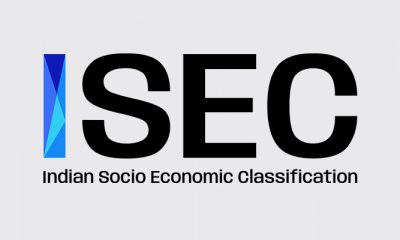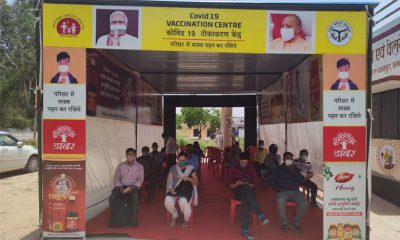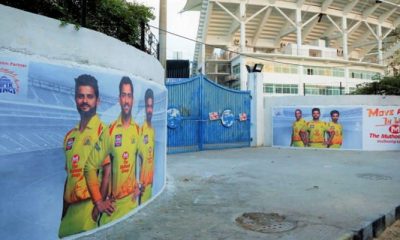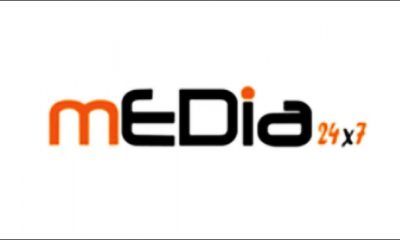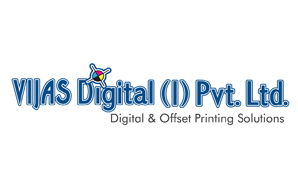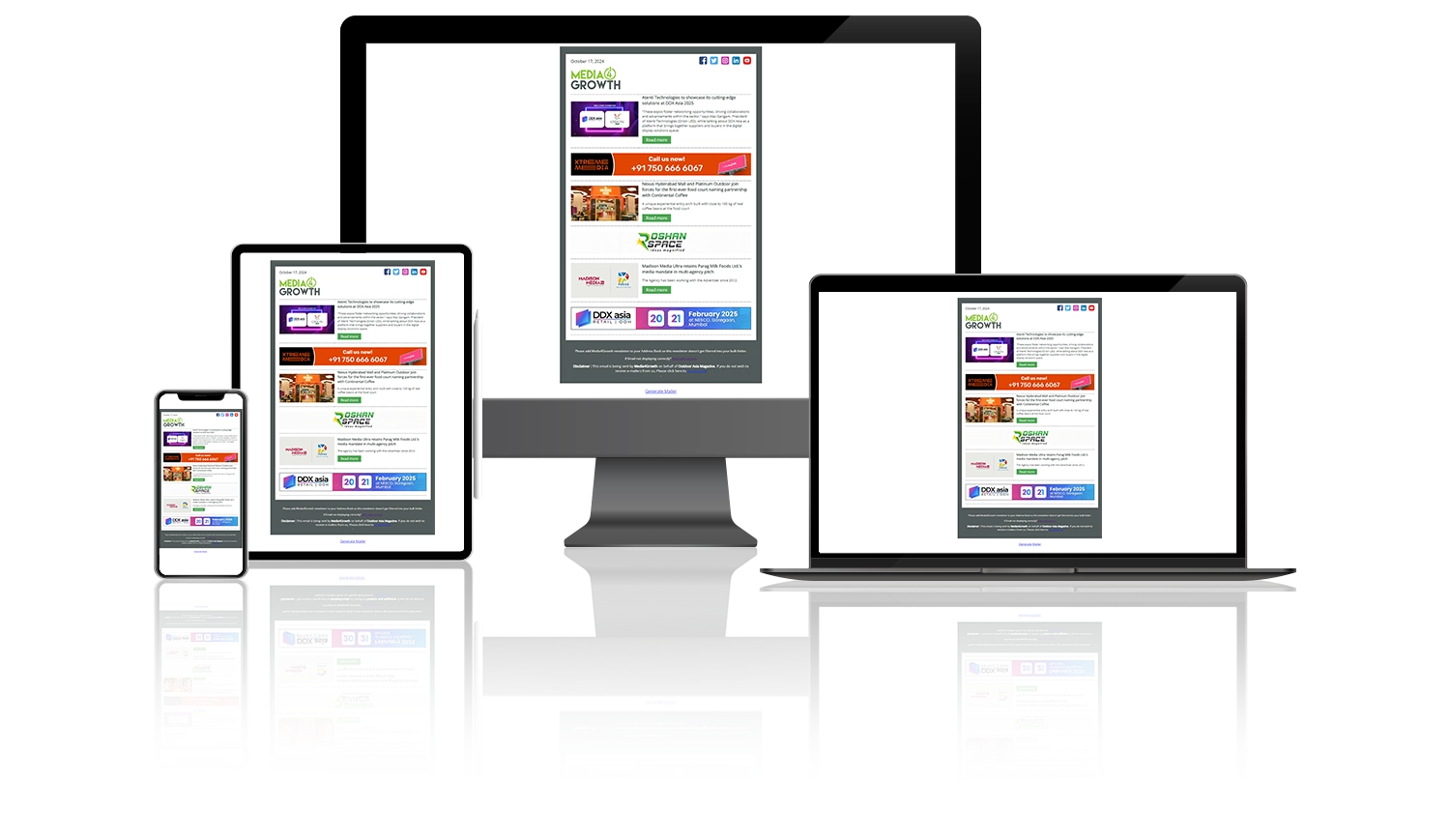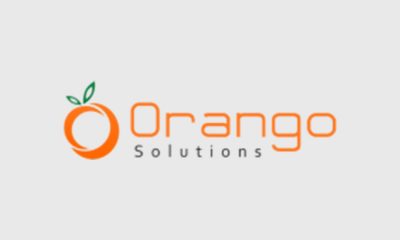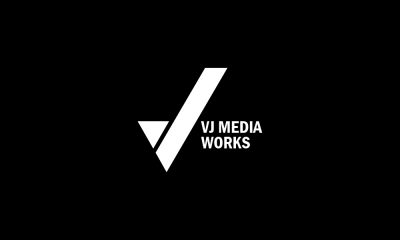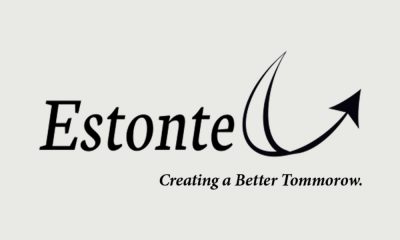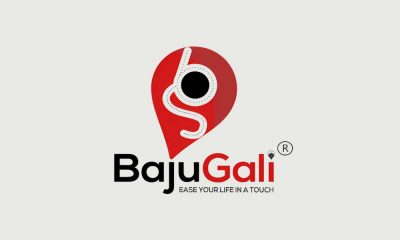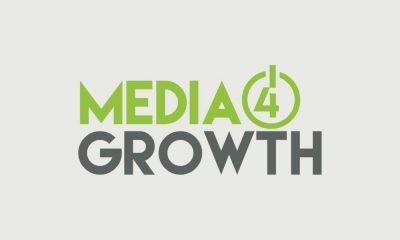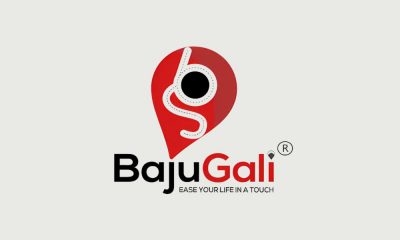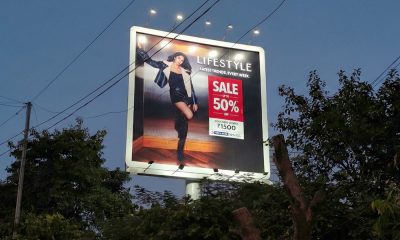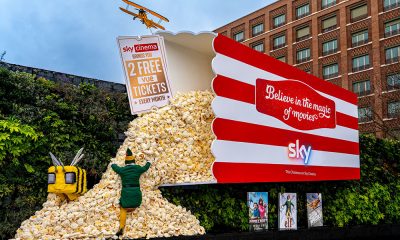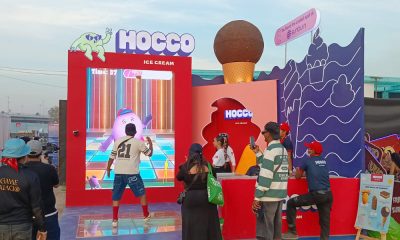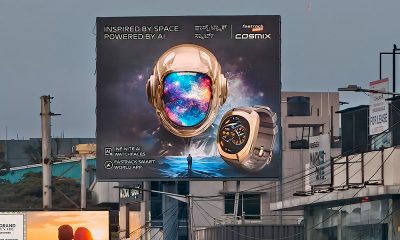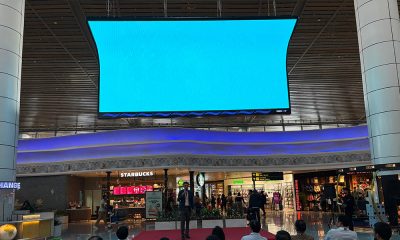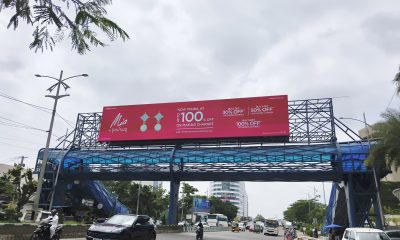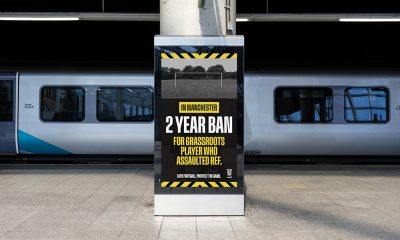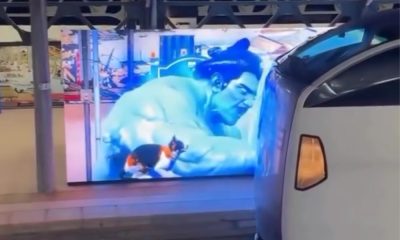Wall Painting
The writing is on the wall
Digital wall painting has revolutionised rural and semi-urban brand advertising, as well as government campaigns for social messaging, providing a big step-up from traditional wall painting.
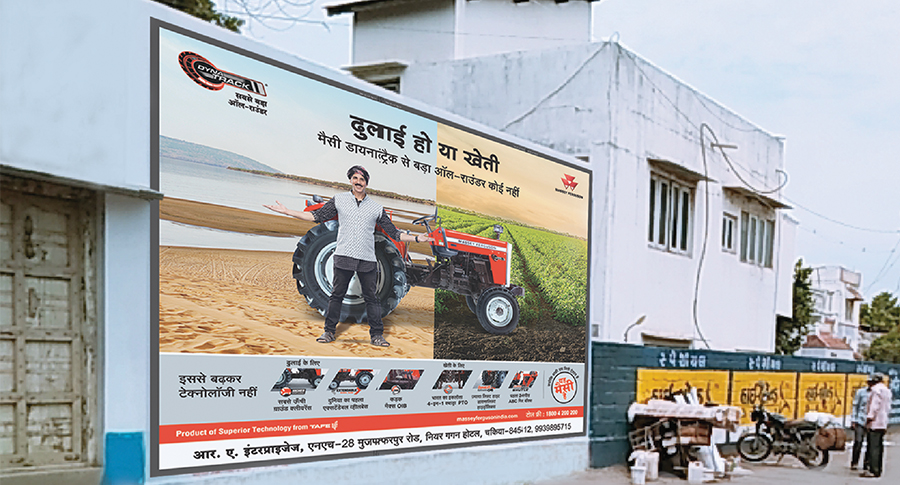
India’s rural, semi-rural and tier 3-4 markets have been increasingly gaining a lot of traction. According to IBEF, demand in rural markets has outstripped sales growth witnessed by companies in urban markets over the last several quarters and companies expect India’s smaller cities and villages to continue driving consumer demand growth.
According to a Nielsen report released last year, rural consumer markets grew 14.2% year-on-year in the December quarter for FMCG makers and that top metros reported a 0.8% year-on-year growth in the same period
The Rural Covid Barometer report released last year by Kantar and GroupM’s experiential marketing unit Dialogue Factory also highlighted the emergence of new trends which would mandate changes in the way businesses and brands connect with rural consumers.
Little wonder that brands, particularly FMCG brands, have been majorly expanding their reach in villages, towns and small cities across the country, adding more distributors and enhancing their brand presence .
Much of the brand focus on these markets also depends on the right communication channels to reach out to the consumers here. In the OOH space, wall paintings have traditionally been the main media for brands, particularly FMCG brands, when tapping the rural and semi-rural markets. As Rajiv Dubey, Head Media, Dabur India Ltd, recently told Media4Growth, “Given our target audience we are very bullish about wall paintings; Dabur has in fact pioneered wall paintings and our focus has always been on rural and media-dark areas, where we build product saliency by supplementing TV campaigns with wall paintings.”
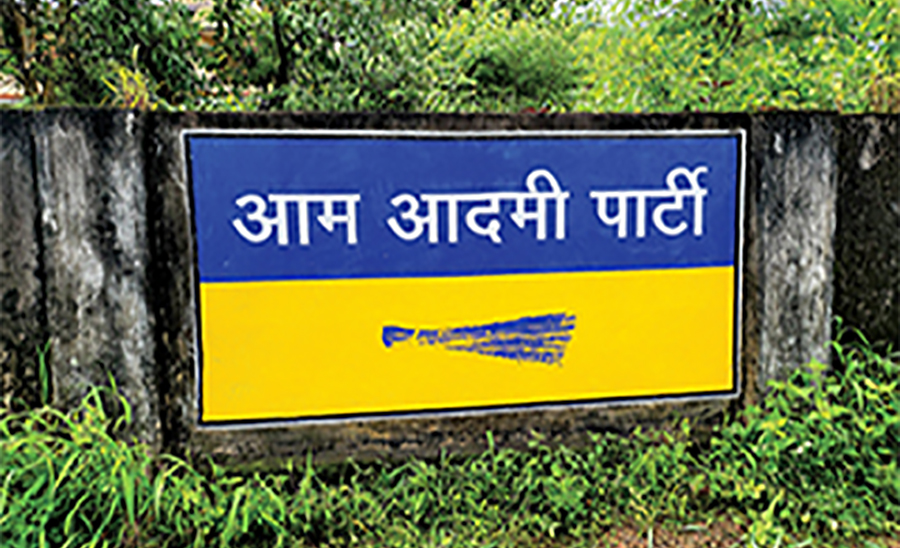
Potential in Digital Wall paintings
But for brands to get their best from their wall paintings would mean exploring newer options and developments in this media. Digital Wall Paintings (DWP) for example is a preferred alternative to traditional hand wall painting, as it offers distinct benefits in terms of brand visibility and durability of campaign visuals.
It was the potential scope for improvement in hand wall painting that led Dayaram Mahajan, a pioneer of digital wall painting media and Founder of D-Kit Media to arrive at this as an alternate solution.
During his 40 years of experience in the OOH advertising industry, particularly wall painting, Dayaram came across various issues in terms of skilled labour, colour-consistency, difficulties in reproducing graphics or images, etc., resulting in low client satisfaction and loss of business. This led him to look for an appropriate alternative solution and after 8 years of research, he hit upon the DWP technology that addresses the issues pertaining to traditional wall painting.
Better returns on investments
Says Dayaram, explaining the clear advantages that DWP offers, “Most of the national and regional brands are shifting their wall painting medium to DWP for their campaigns due to its effectiveness and durability. Compared to hand wall painting and other PVC options available in the market, this media may cost a bit more, but the cost is justified due to its durability, effectiveness and other advantages.”
Indeed DWP costs about 4 times more, compared to hand wall painting, but the obvious benefits outweigh the cost difference. As Sanjay Narang of Outabox Media, another leading digital wall painting company, explains, “Earlier in hand wall painting, we used to paint on any wall surface available and capture the entire square feet of space. But even though the client was spending on the entire wall, it wasn’t giving them the returns on their investments, because the brand visibility would often be compromised due to many challenges, like the surface itself. With DWP, the process is more streamlined. For example, there are set specifications in terms of the space covered. So there is possibility to show more – the brand logo, the image of the brand ambassador, the brand packs, etc.”
Also, the outdoor life of DWP media, if applied properly, is up to 3 years and is water resistant. Says Sanjay, “When I started my factory 7.5 years ago, we did our own creative inside the factory premises on DWP and it’s still there. Also, the chemicals used in making this media are all eco-friendly.”
Says Dayaram, reiterating the advantages, “Our leading products line includes the new and advanced version of Digital Wall Painting media and eco-friendly recyclable PVC free flex and vinyl which can be conveniently used for dealer boards and other point of sales display. And, 3D designs can be used to make the advertisement more attractive in DWP media.”
He adds, “In urban markets there are issues of availability of walls, huge corporation taxes and other state government rules and regulations, hence getting permission is very time consuming and costly. But in case of government campaigns like ‘Swacch Bharat’ mission, Covid and polio vaccine campaigns, and many other social awareness programmes, no corporation taxes and permission are required and we can easily apply DWP on any government or non-government walls.”
The DWP process
Explaining the whole process involved in DWP, Sanjay informs that once the sales team approaches the client and the proposal is finalised, the art work is planned depending on the target market and audience. “The clients give us the list of market pockets where they want visibility. And we give them guidance on making the creative, specific to DWP. Once that is done, the PO is issued and after that it goes to the factory. We have three big machines that make digital wall media with a daily capacity of 9.5 lakh sq. ft and run for 22 hours. It is a surface media which goes on any surface, walls, and containers and can be used on both smooth and rough surfaces, and both indoors and outdoors. After printing, the media is split into single sheets and packed in boxes for dispatch to the required location where our team manage the wall permissions, rentals and execution.”
In the final execution stage, the wall is first cleaned with a tar brush, after which the wall gum is applied and the media pasted on the wall. Once it dries, lamination or glossy material is added. Sanjay also informs that companies operating in this space have customised and designed the DWP machines as per their own specifications.
Growing demand for DWP
With the advantages becoming more obvious, the demand for DWP is certainly growing among brands. Says Dayaram, “Today DWP is no longer a new concept in the OOH space in India and we can see many big and well known multinational companies and many state and central government sectors using DWP media for their advertisement and social awareness campaigns. DWP is a cost effective option, which can be used to capture the target audience through appealing visual messages. We can see many DWP media advertisement in rural and urban areas and highways.”
Agrees Sanjay, “Demand for DWP is very high now. During lockdown in fact, no other media was available in the market and our volume of sales also went up.
In rural markets, no other media is majorly available and with dealer boards and banners, there is also the risk of damage and theft in the rural markets. But with DWP there is no such risk as you cannot remove it.”
But while demand is growing, there is also need for more players and more machines to meet the growing demand, feels Sanjay. Currently, there are three main players in the industry – D-Kit, Outabox and Can Image Media Tech Company. “We need more players so that the media can be available in every nook and corner of the country,” Sanjay.
He sums up , talking about the current challenges and the expectations in this space, “Training labour is a challenge. Also, DWP can compete with flex only if price comes down; water based chemicals cost much higher. So going forward, if the market gives us a chance and we get a good reduction in chemical prices, then the media can get cheaper. Once it can compete with flex, then there’s no stopping it.”
-
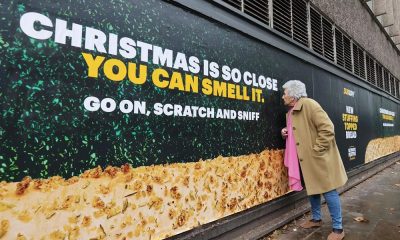
 Campaigns
CampaignsSubway delivers sensory feast in London with “Scratch-and-Sniff” OOH billboard
-

 Brand Insights
Brand Insights‘More organized & standardized OOH ecosystem across cities needed’
-
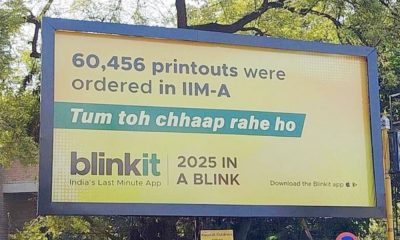
 Campaigns
CampaignsBlinkit turns India’s shopping data into year-end OOH humour
-
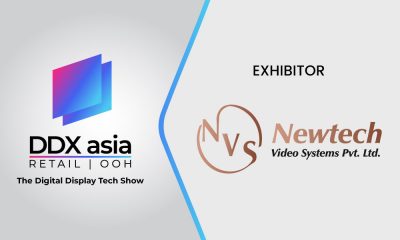
 DDX Asia
DDX AsiaNewtech Video Systems to highlight value-added LED solutions at DDX Asia 2026
